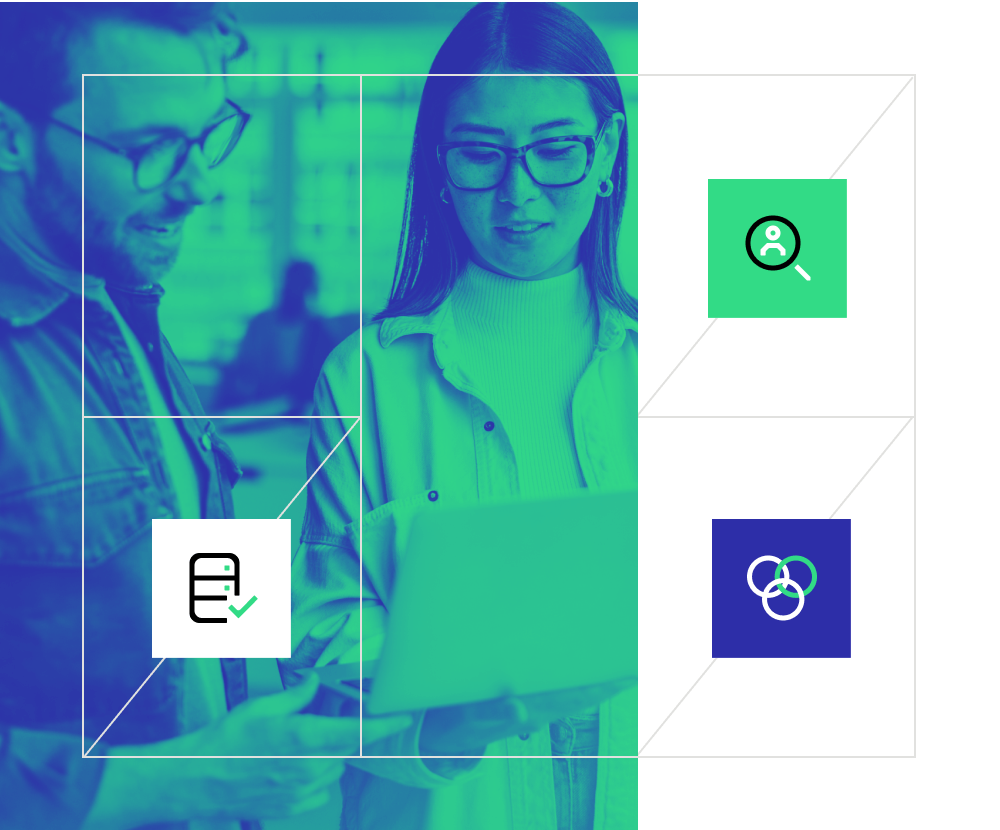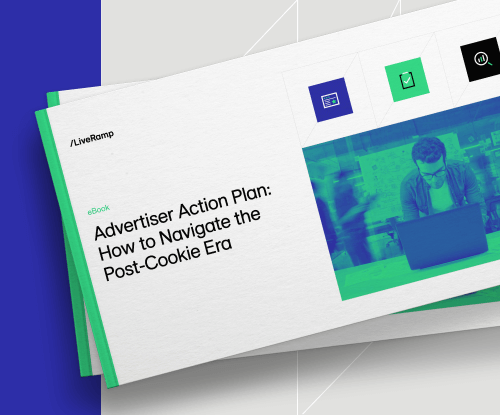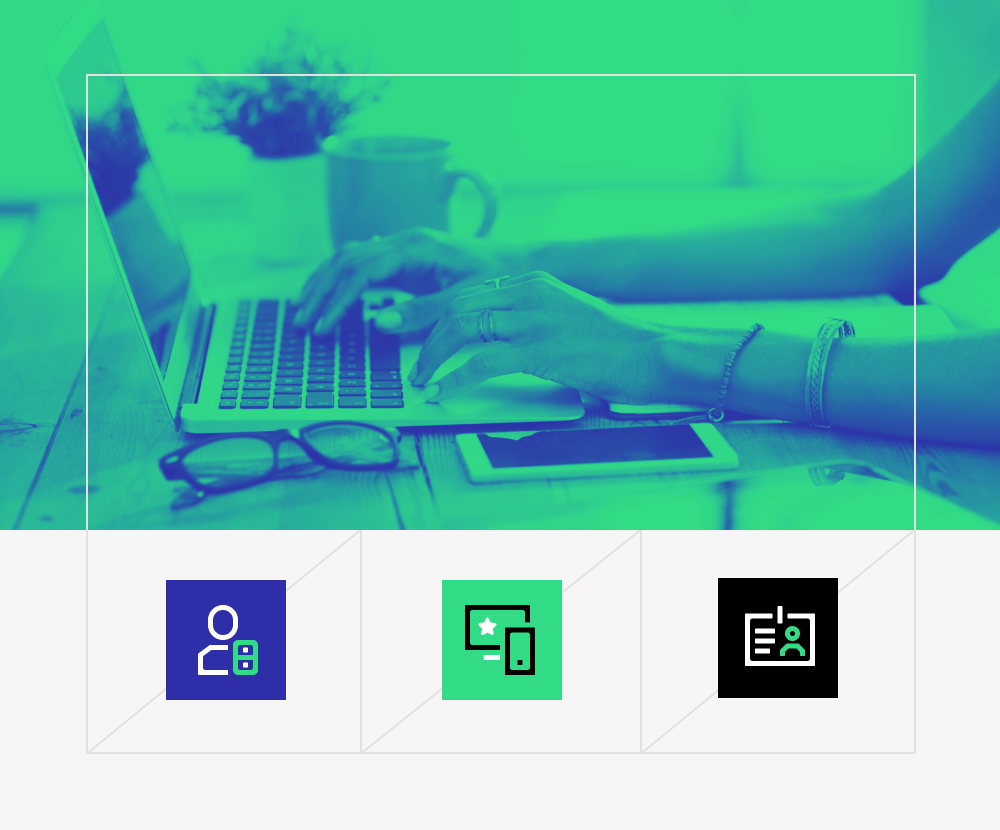Data is the key to connecting businesses to customers—creating better experiences and more brand value. Where does the data come from?
Data lakes and warehouses contain troves of information about consumers’ browsing behavior, product preferences, and purchase histories. Together, these data points offer valuable insights that companies can leverage to deliver the personalized experiences that consumers increasingly expect.
But translating thousands of disparate data points into tailored marketing strategies that drive loyalty and engagement is easier said than done. It’s difficult and time-consuming to extract actionable insights from masses of data, especially for users without advanced technical expertise. As a result, organizations miss out on opportunities to execute personalized campaigns at scale.
Data activation enables you to effectively implement data-driven decision-making across your marketing and sales channels. It converts raw data into meaningful insights so you can act with confidence and agility.
What is data activation?
Data activation involves moving data from data warehouses and other siloed storage locations to operational tools that are easily accessible by users and teams across your organization. The goal is to make data not only centrally available but also actionable, empowering teams to make informed decisions in real-time.
How does data activation work?
Activating data is an iterative process that requires continuous refinement and optimization. It begins understanding your organization’s data flows. This includes an audit of what data you’re already collecting, where it’s stored, who has access, and where information gaps exist. From there, you can establish a roadmap to integrate data from various sources, such as your CRM, websites, apps, social media channels, and anywhere else customers interact with your brand.
Once your data is centralized and streamlined, it’s important to clean the data and fill in any gaps. You’ll likely have multiple profiles for each individual consumer. You can use unique identifiers like email addresses or customer IDs to link data points from multiple sources to the same individual, creating a single, comprehensive record for each consumer. If needed, you can enrich your data with additional insights and context from third-party sources or your internal analytics.
When these steps are complete, you’re able to define specific audience segments based on behavioral patterns, demographics, interests, or other relevant criteria for precise targeting. At this stage, your data is ready to be moved from storage to operational tools. These tools can include CRMs, marketing automation platforms, business intelligence solutions, analytics platforms, and more — anything that’s easily accessible to users and teams.
What are the benefits of data activation?
Activated data enables your marketing team to deploy more relevant, tailored marketing campaigns that build brand loyalty and motivate consumers to convert. At the same time, this process helps to streamline internal operations, support sales processes, and power data-driven decision-making.
The data activation process enables your organization to:
Increase efficiency
When data is stored in a warehouse or other siloed location, accessing real-time marketing insights is a challenge for most business users. Lacking SQL proficiency, they’re forced to wait for IT teams to respond to tickets and write queries to extract the necessary data. However, through the data activation process, data is integrated into operational tools as soon as it’s captured, giving business users immediate access. As a result, you can cut out manual internal processes and build more responsive marketing campaigns that maximize budget and impact.
Increases transparency
Because data activation requires an understanding of your organization’s data flows, it provides you with a more nuanced view of how data is used across different systems. This leads to greater awareness of what data is collected, stored, and used, all of which facilitate increased transparency. Moreover, it becomes easier to track data use and identify potential misuse when you have centralized data and defined data flows, improving auditability and accountability.
Inform decision making
Raw data alone is overwhelming and lacks context. Data activation transforms it into actionable insights by identifying patterns and trends in customer behavior. These insights reveal the “why” behind actions and outcomes, removing guesswork and providing a solid foundation for data-driven decisions. Activated data can be used to inform decision-making across product development and innovation, marketing, risk management, and strategic planning.
Enhance personalization
By unifying real-time data from multiple sources, data activation enables you to gain a deeper understanding of your customers — who they are and what is resonating with them at any given moment. This, in turn, makes it possible to serve customers personalized content, optimize customer journeys, expand addressable reach, and feed predictive analytics. All of these efforts help ensure your brand remains relevant and top of mind.
Build 360-degree view profiles
Through the process of centralizing data across systems and consolidating consumer profiles, data activation offers a comprehensive view of every individual consumer who has interacted with your brand. It enables you to merge identifiers like email addresses and phone numbers with behavioral, demographic, and transactional data to create a unified view of each customer. With 360-degree view profiles in place, you can ultimately translate customer insights into personalized experiences that benefit customers.
Data activation by department
Data activation is most commonly associated with marketing efforts, but it also offers advantages across other business functions, especially sales and customer support. Here’s a look at how data activation supports each department:
Marketing
Data activation enables marketing teams to move beyond traditional engagement tactics that broadcast a broad message to a wide range of consumers. By consolidating consumer data and drilling down into individual behaviors, preferences, and interests, you can more effectively deliver meaningful, personalized experiences. This translates to increased engagement, conversion rates, and ultimately, brand loyalty and business success.
Sales
By leveraging the insights uncovered through data activation, sales teams can more effectively position offerings for individual customers. This approach allows for lead prioritization based on engagement levels and demographics, increasing the chance of successful conversions and reducing sales cycles. And when activated data is integrated into CRM systems, sales teams can more effectively manage customer relationships and automate processes such as lead nurturing and email campaigns.
Customer Support
Activated data provides a comprehensive view of customer histories, preferences, and past interactions, allowing customer service representatives to offer personalized and efficient support. By integrating activated data into customer service systems, teams can gain real-time insights, enabling them to address issues promptly and with a deeper understanding of individual customer needs. This improves issue resolution times and contributes to increased customer satisfaction and loyalty. Additionally, data activation facilitates the identification of common customer pain points and trends, enabling proactive problem-solving and the continuous improvement of service processes.
The stages of data activation
Successful data activation is an iterative and continuous process. It requires ongoing monitoring and optimization to ensure alignment with evolving business goals and customer needs. There are four distinct stages to get your data activation strategy off the ground.
1. Combine all your datasets
Data onboarding is the first step in the data activation process. It involves integrating online and offline data to establish complete profiles of each individual customer. Combining datasets eliminates data fragmentation across departments and provides a clean and accurate data set that can be used to glean insights into customer behaviors and preferences.
2. Complete data analysis
The data analysis phase includes organizing and mapping data, which makes it possible to surface insights that would otherwise remain inaccessible. At this stage, you’ll run predictive and attribution models and map customer journeys. All of these steps shed light on how customers interact with your brand across different touch points so you can identify potential areas for personalization.
3. Activate your data
Your data becomes activated when you segment it and send it out to operational tools. You’ll need to decide how you want to group customers for each destination or use case, whether it’s by behavioral patterns, purchase history, or something else. From there, teams will be able to create campaign strategies that tailor content and messaging to individual customers.
4. Measure your data
Tracking performance, data quality, and ROI metrics helps ensure your data activation process is going to plan. By measuring your data this way, you can pinpoint opportunities to refine your strategy on an ongoing basis. This step is critical to ensuring that your data quality remains consistent and that your data activation efforts are achieving desired outcomes.
Enable data activation with LiveRamp
Data activation is a key component of an effective marketing strategy, enabling personalized experiences for consumers, operations efficiencies, and measurable results. LiveRamp has the expertise and technology solutions to help you activate data from more than 350 destinations to create impactful, engaging moments with your customers. s.
Ready to take the first step toward building stronger customer relationships? Get in touch to learn how LiveRamp can help.





